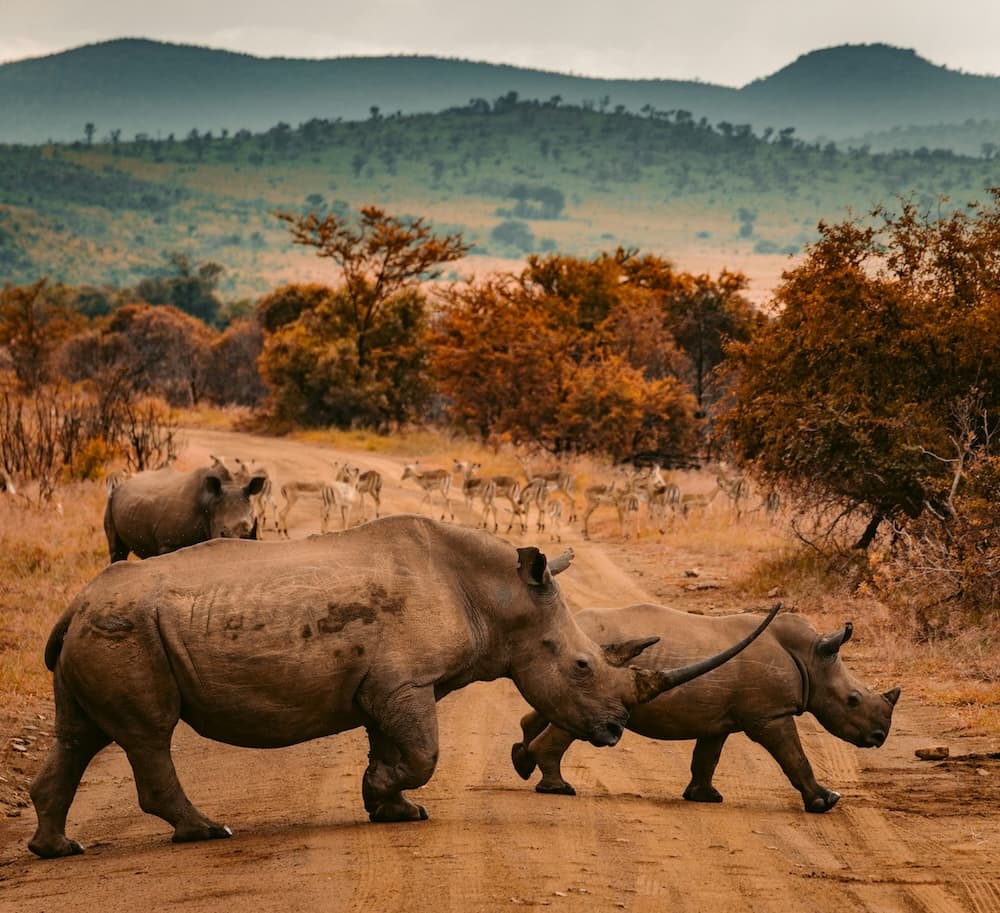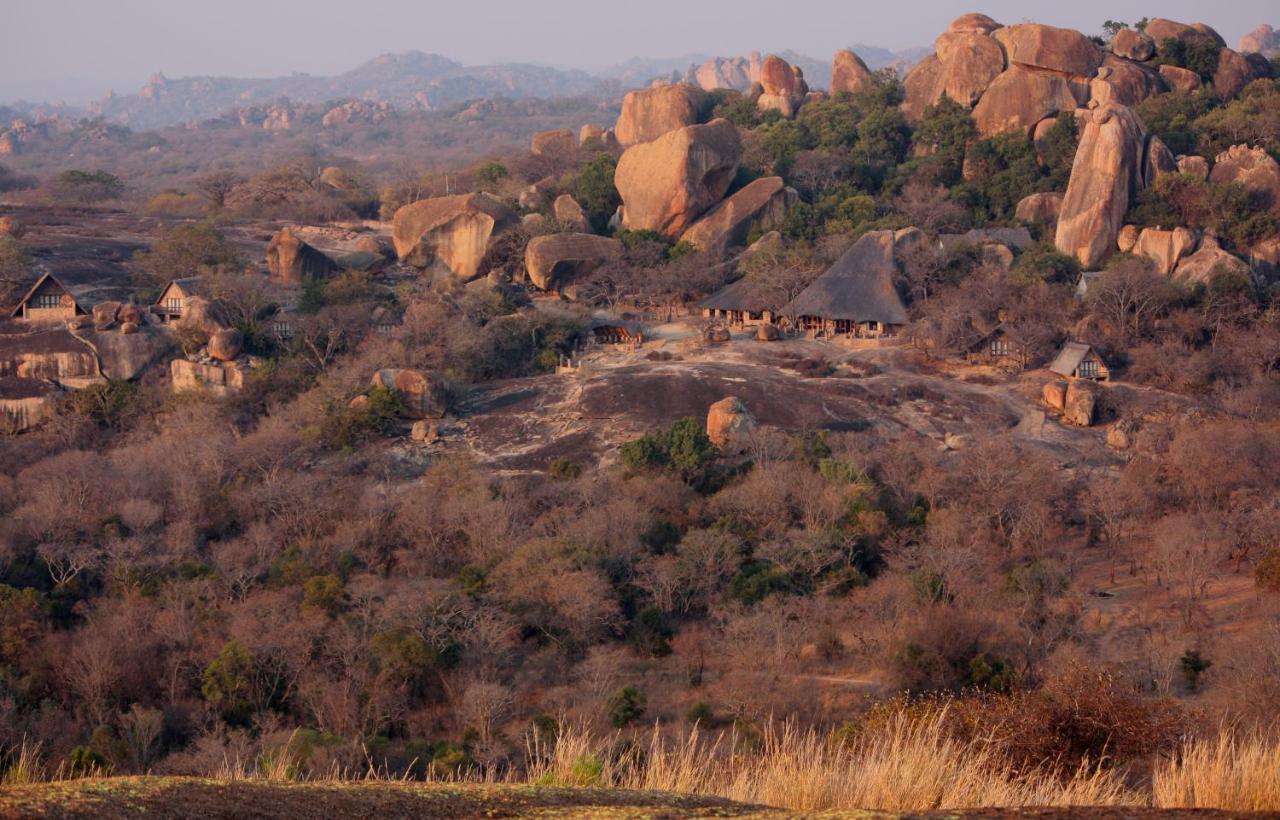Matobo National Park: A Land of Ancient Wonders
Disclosure: Bear in mind that some of the links in this post are affiliate links and if you go through them to make a purchase we will earn a commission at no additional cost to you. We chose these companies / hotels because of their quality and not because of the commission we receive from your purchases.
Enormous granite masses—grooved, split, shaped, and sculpted by time and the elements—form a series of huge ships with whale-like decks, imaginative castles, and knobby layers of earth. These formations stretch across thousands of square kilometers in the Matobo Hills (also known as the Matopos). The industrial magnate Cecil J. Rhodes, for whom Zimbabwe was once called Rhodesia, found this bizarre landscape so captivating that he arranged to be buried here. It’s no surprise that he chose a spot as impressive as his grave on a hill, which he named "View of the World."
The area has been regarded as a center of spiritual power since early hunters and gatherers decorated it with rock paintings about 30,000 years ago. These paintings can still be viewed today, and their quality and quantity are as remarkable as the wildlife. Many of the paintings depict white and black rhinoceroses, which still thrive here in large numbers.
Along with rhinos, leopards, cheetahs, and over 300 bird species inhabit the park, including the largest concentration of birds of prey in the world: eagles, hawks, and vultures. Interestingly, the park resembles the shape of a giant eagle. Not far from this vast natural wonder is Big Cave Camp, where only 16 guests can stay on 810 hectares of wilderness at the park’s edge.
If your hosts don’t know something about the valley’s geography, art, or wildlife, it’s likely not worth knowing. Dinner is served around an ancient fire, and as the evening descends, the illuminated rock formations will help you understand why Rhodes never wanted to leave.
Best time to visit Matobo National Park
The best time to visit Matobo National Park is during the dry season, which runs from May to October. This period offers excellent wildlife viewing opportunities as animals gather around water sources and the thinner vegetation makes spotting them easier. The temperatures are also more comfortable, with warm days and cooler mornings and evenings.
Additionally, the roads and trails are more accessible due to the lack of rain. However, for bird enthusiasts, the rainy season from November to April can also be a great time to visit, as it brings migratory species, though it comes with more rain and higher temperatures. You can find more climate details here.